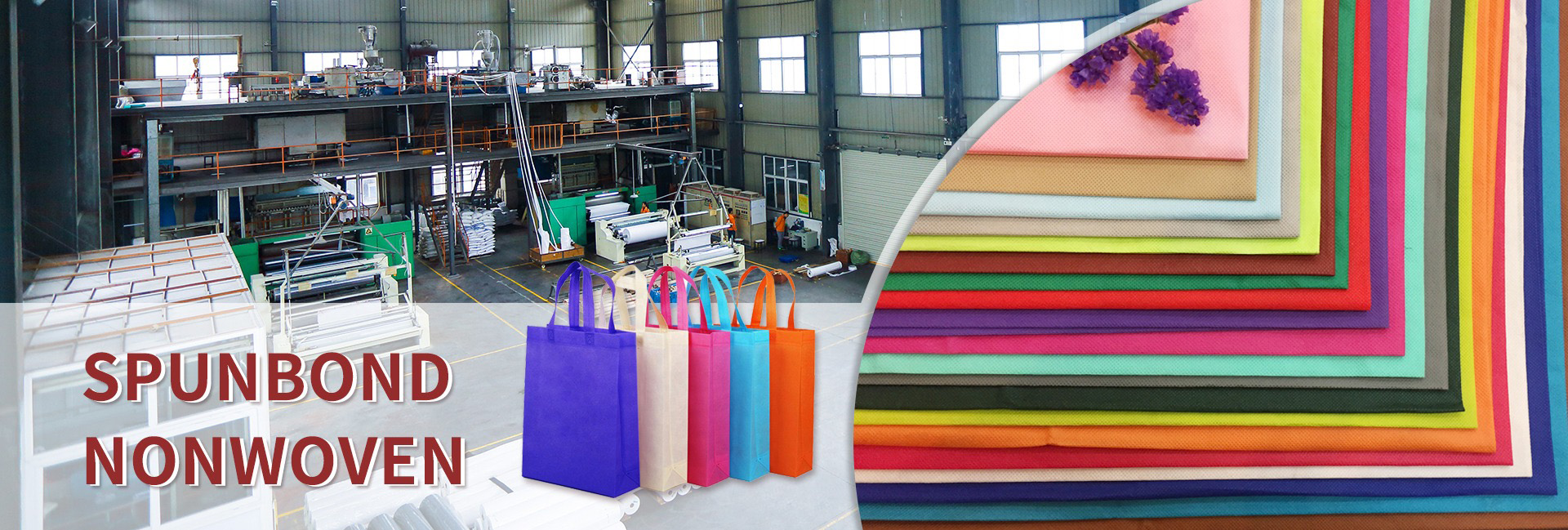When we look ahead to the current technological development, polymer materials undoubtedly constitute a very important part. In this era full of opportunities and challenges, understanding the popular directions in the polymer materials industry is crucial for its future development.
The sharp increase of polymer materials in the energy sector
Let’s take power batteries as an example. The lithium battery separator is one of the key components of a power battery. Polymer materials such as polyethylene (PE) separator, polypropylene (PP) separator, and PE and PP composite multilayer microporous membrane occupy a dominant position in commercial lithium battery separators.
These materials need to possess high ionic conductivity and excellent isolation performance to ensure the safety and high performance of batteries.As for solid-state batteries, which are the development direction of future power batteries, the polymer solid-state electrolyte materials, such as polyethylene oxide (PEO), polyvinylidene fluoride (PVDF), polyacrylonitrile (PAN), polymethylmethacrylate (PMMA), etc., have opened up new possibilities for us.
These polymer electrolyte materials will play a pivotal role in enhancing the safety, stability, and performance of batteries.
A wide applications In the field of photovoltaics
Photovoltaic encapsulant is a crucial component of photovoltaic modules, and common materials such as EVA encapsulant and POE encapsulant have demonstrated excellent performance in commercial applications.
EVA film typically boasts an optical transparency of over 90%, a tensile strength exceeding 15MPa, and an elongation at break surpassing 600%. In terms of weather resistance, it maintains stable performance within a temperature range of -40℃ to 85℃, effectively resisting the impact of environmental factors such as ultraviolet rays and damp heat, ensuring a service life of over 25 years.
The optical transparency of POE film is also excellent, generally around 90%. Its tensile strength can reach 18MPa or even higher, and its elongation at break can exceed 700%. In terms of weather resistance, POE film has a lower water vapor transmission rate, usually less than 1g/m²/day, which can better protect solar cell panels from water vapor erosion.
Its operating temperature range can be between -50℃ and 100℃, making it suitable for harsher environmental conditions, and its service life can reach up to 25 years or even longer.
They possess excellent optical transparency, mechanical strength, and weather resistance, ensuring efficient operation and longevity of solar cell panels.
The backsheet material of photovoltaic panels also adopts a composite structure, with PET film as the base film, and fluorine-containing films or other plastic films adhered to both sides of the base film through adhesive. Fluorine-containing resin films, such as polyvinyl fluoride (PVF) film and polyvinylidene fluoride (PVDF) film, provide strong support for the efficient utilization of solar energy due to their excellent insulation, weather resistance, and barrier properties.
The biomedical field
With the increasing emphasis on health and the continuous advancement of medical technology, the demand for polymer materials in the biomedical field is also on the rise. In terms of biomedical materials, polymer materials possess advantages such as good biocompatibility, degradability, and plasticity, which can meet the special requirements of the biomedical field.
Degradable polymer materials can be used to manufacture surgical sutures, fracture fixation materials, etc., which gradually degrade inside the human body, avoiding the pain of secondary surgery; polymer materials with good biocompatibility can be used to manufacture artificial joints, cardiac pacemakers, etc., which integrate well with human tissues, improving the safety and effectiveness of medical devices.
By designing and synthesizing polymer materials with specific structures and properties, precise drug delivery and controlled release can be achieved. For instance, nanoparticles made from polymer materials can encapsulate drugs inside and deliver them to the lesion site through targeted action, thereby enhancing the therapeutic effect of the drugs while reducing their side effects.
The development of environmentally friendly materials
In today’s world, where environmental protection is increasingly valued, eco-friendly polymer materials have emerged as the industry trend. On one hand, biodegradable polymer materials have garnered significant attention. These materials can be decomposed into harmless substances by microorganisms in natural environments, thus preventing environmental pollution.
Biodegradable polymer materials such as polylactic acid (PLA) and polyhydroxyalkanoates (PHA) have been widely used in various fields, including packaging materials, disposable tableware, and agricultural films.
On the other hand, the recycling and reuse of polymer materials has also become a research hotspot. By developing efficient recycling technologies and reprocessing techniques, waste polymer materials can be transformed into new products, achieving resource recycling and reducing environmental pressure.
The research and development of high-performance materials
We can significantly enhance the mechanical properties of polymer materials, such as strength and toughness, by controlling their molecular structure and orientation. These high-strength polymer materials hold immense potential for widespread applications.
In the aerospace industry, it can be utilized to manufacture structural components and parts of aircraft. By reducing the weight of aircraft, flight performance and fuel efficiency can be significantly enhanced. In the automotive manufacturing sector, high-strength polymer materials can be employed to produce vehicle bodies and engine components. This not only elevates the safety of automobiles but also improves fuel economy.
On the one hand, it meets the demand for high-performance materials in different fields. Industries such as aerospace and automobile manufacturing continuously pursue lighter, stronger, and more efficient materials, and high-strength polymer materials can precisely provide strong support for the development of these industries.
On the other hand, the research and development of high-performance materials have also driven technological advancements in the polymer materials industry, prompting us to continuously explore new material structures and methods of performance control. Students, in this field full of opportunities and challenges, I hope you will diligently study professional knowledge and contribute your own strength to the development of the polymer materials industry.
Dongguan Liansheng Non woven Technology Co., Ltd. was established in May 2020. It is a large-scale non-woven fabric production enterprise integrating research and development, production, and sales. It can produce various colors of PP spunbond non-woven fabrics with a width of less than 3.2 meters from 9 grams to 300 grams.
Post time: Jul-14-2025

